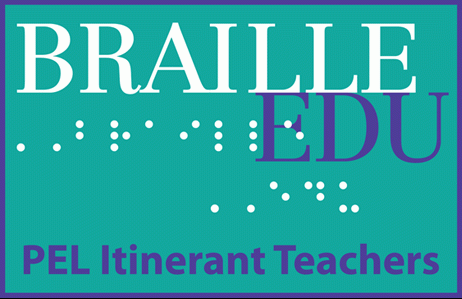Concrete to Manipulative to Abstract
1. Apple Activity:
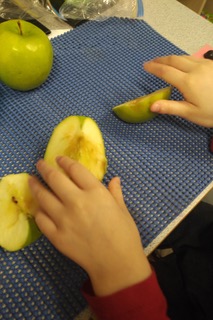
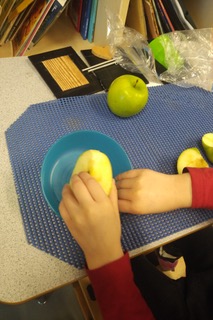
The child benefits by exposure to the real item, when possible, as this facilitates connection with familiar objects in the environment. In this picture, the apple is presented to the child, which is then bounced on the table, and quickly the apple is placed to the mouth. The child displays curiosity towards the apple, since it is a real apple, by its scent, texture and possible pre-knowledge of the fruit. This is helpful as we move to a plastic apple shaped object and then to the more abstract forms of a similar object, such as in the tactile graphics format of the apple in its various segments. Here the child is expected to track and scan the graphic to gather information. At this time, additional explanation, use of necessary vocabulary and repetition is required in order to solidify and reinforce the foundation of the concept and comparative recognition of the shape.
2. Matching Activities:
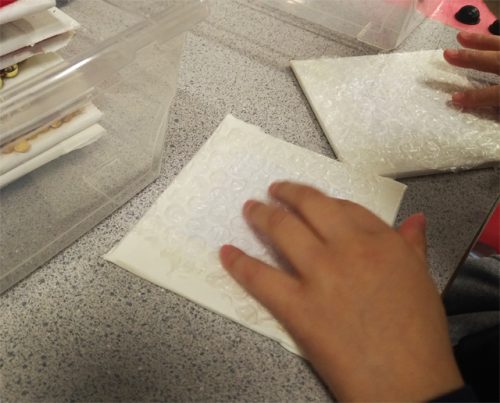
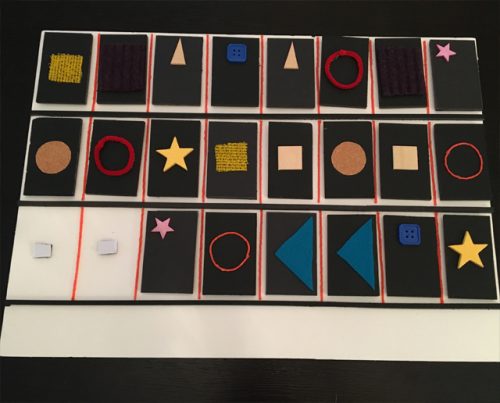
As the child is exposed to various objects which may be varied in textures, or patterns, we can see that the concept of “same” and “different” have also been presented, as in these photographs of a matching card activity as well as a matching board game designed to play with peers.
3. Sorting Activity:

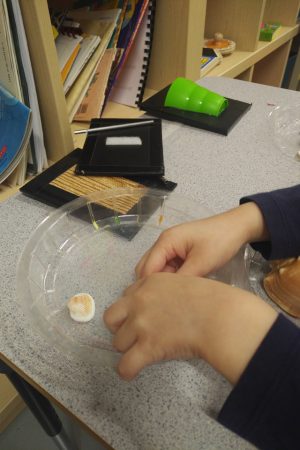
Each experience is unique to the concepts presented. For example, this sorting activity is focusing on big and small shells. The child has become aware of the differences in the sizes of shells through exposure, verbal explanation and organization of this category. Now through the routine of an activity, the child can complete her sorting task along with using the language presented of “big” and “small”.
4. Identifying items according to beginning sounds Activity:
As the child is introduced to beginning sounds of words, objects that represent the beginning sounds are to be sorted in various bins. This may be a more challenging activity as the child is expected to understand and make comparative associations with the manipulative object that represents the beginning sound, i.e., “b” for ball, “h” for hat.
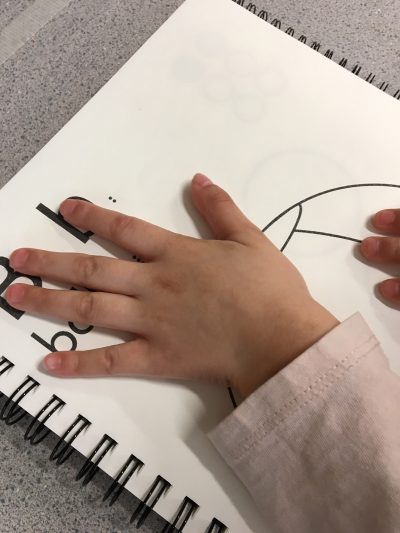
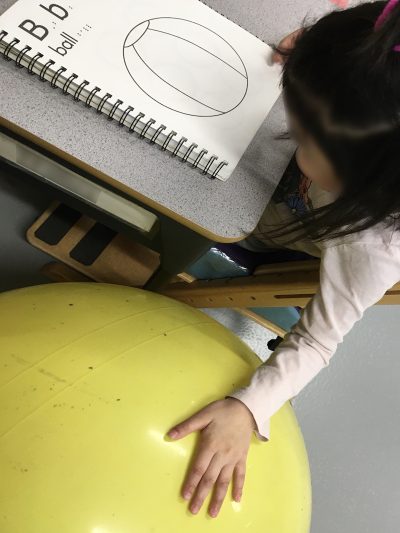
Bibliography
Lydon, W.T. & McGraw, M.L. (1973). Concept development for visually handicapped children: A resource guide for teachers and other professionals working in educational settings. New York: American Foundation for the Blind.
Wormsley, D. et al. (1997). Instructional strategies for braille literacy. (pp33-37), New York, New York: AFB Press.
